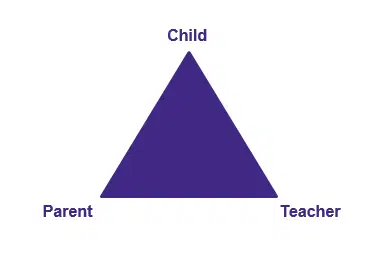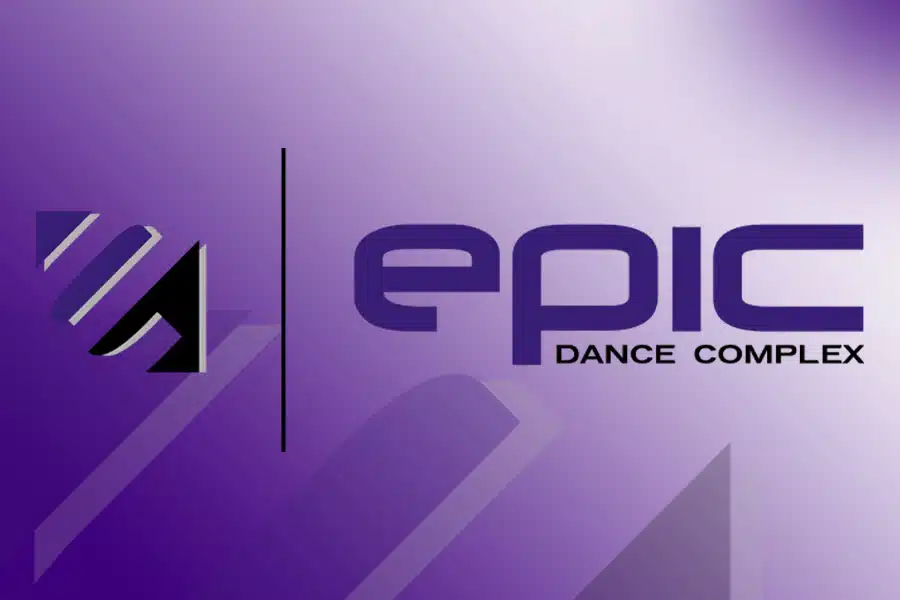The dance class is the first opportunity for dancers to work together as a team. It takes all of the children co-operating with each other and the teacher to have an environment that is conducive for learning. If the teacher spends class time keeping one or two children focused and on task, it takes away the teacher’s attention on the children that are in class to learn how to dance. Of course, when the children are young (pre-school age) they are still learning class room etiquette and the ins and outs of what is expected of them. That behavior comes with patience and guidance from the teacher. But once the students are prepared to listen to their teacher, then the teacher is able to train a group of dancers that can work together as a team.
When children are in dance class, they are there to learn the skills and steps they will need to perform a set dance or routine. The teacher groups the children in dance classes according to their age and their current level of dance skills. By grouping the children this way, their level of ability will be similar to the other dancers and they will be able to learn new steps at about the same rate as others that are the same developmental level. This way children will not become frustrated or discouraged when another child who is older and has more dance experience ‘catches on’ quicker when a new step is being taught. Everyone learns new ideas and concepts at different speeds and in different ways. That is why the dance teacher will show new steps by:
- demonstrating the step
- demonstrating the step s-l-o-w-l-y
- saying the parts of the step while the step is being shown
- giving dancers “cues” or key words to help remember the sequence of steps
- repeating the step across the floor or in a line
- dancing the step to music
- practicing the new step in class over the course of a few weeks or months
Some children will be able to do a new step quite quickly and will be able to perform the new step to a level of competency within one class. Some children may need to work on the new step for several classes before the concept ‘clicks’. That is just the way learning works! When the class learns the next new step, it may very well be that the child that had to work harder to learn the first step will get the new step very quickly. It all depends on exactly when in the learning process the child’s mind comprehends the instructions they are being given and their brain is able to connect what they are seeing and hearing into making the movement with their body. That is why regular attendance at dance class is so important. It is hard for a child to catch up to the rest of the class when there was a new step introduced the previous week and the child who was absent missed out on the detailed instruction and the extra practice that was done the week before. We want to children to enjoy their dance class – not for dance to be a frustrating experience! The goal of the teacher is to have all of her students master the dance technique with the same level of skill. The stronger the individual dancers are, the stronger the team will be.
Part of the objective of dance class is to prepare for competition, dance examinations and recitals. In dance class, the students will learn how to work together so they can create a uniform, cohesive group performance when they are at a competition or dancing at a recital or other performance opportunities.
In addition to the team work that develops in the dance class between the teacher and the students, there is also a team that develops between the child, the teacher and the parent.

This is a three-pronged team that needs to be working in the same direction TOGETHER to be effective and successful. All members of this team need to ensure that they are on the same page. The best way to do that is to have clear lines of communication and to set expectations so results can be measured and assessed. This becomes especially important as dance students begin to take dance examinations and start to enter dance competitions. Information needs to flow between all three corners of the triangle so the outcome for competitions and examinations are successful.
Many things lead to a lack of physical development in children in this day and age. With all the indoors “distractions”, children are missing out on developing gross motor skills. As a dance teacher, I have seen a noticeable decline in the balance and coordination of young students. Gross motor skills like crawling, jumping, hopping and skipping are used in dance class from a very young age and are the building blocks of development for health children.

